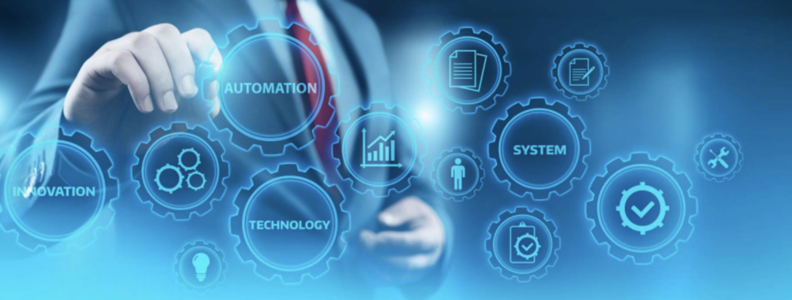
Never has there been a better time to reset your business than now. COVID-19 has provided a unique opportunity for you to reimagine your business and to implement change – change that may run as deeply as what you do and how you do it.
In this day and age, the success of that change is likely to be somewhat dependent on how well your business adapts to introduce and utilise new technologies including information technologies (IT).
Therefore, we ask:
- Is or will IT become integral to your business?
- Do you view IT as a support function, a tool to create efficiency or as a weapon that could provide you a competitive advantage?
- How could you and how should you view it?
- What is your IT strategy and do you even have one?
- How well does your IT strategy align with and support your overall strategy?
As you know, BridgePoint Group is not an IT company. We cannot sell you computer equipment or support services. But we are sharing these thoughts with you because only some of our clients have fully embraced the power of IT in their business. Those that have are doing well. We believe that many more of our clients are missing that opportunity. We don’t want that to be you.
Planning around IT infrastructure requires thought as to how to support the implementation and use, as well as a decent body of thought leadership around what you can do and what you should do.
So, whether you are having a complete rethink or you are just tweaking your business, as you finalise budgets for the Financial Year, you may want to include a little CapEx (Capital Expenditure) and a little OpEx (Operating Expenditure) around IT.
Day-to-day operations are now heavily reliant on your business’ IT infrastructure. People working remotely, online collaborations and Zoom meetings mean the new way of working has IT at the bedrock of productivity.
Buyer behaviour is changing too. COVID-19 social distancing measures have accelerated the demise of traditional retail. These restrictions have expedited online retail and resulted in permanent change in the consumer’s eyes – they’re not looking at bricks and mortar shopfronts anymore. Market share has shifted away from traditional retail models and won’t ever be relinquished.
Online consumers have become used to ‘two-click-buys’ and having the product delivered to their front door. Your business may be poles apart from online retail, but it needs the same efficiency level to keep pace with new customer expectations.
Hospitality and tourism operators, although largely dormant during the most stringent COVID-19 restrictions, will be expected to provide contactless procedures to minimise transmission risk when checking in or greeting customers, and during ordering and delivery of meals or other services. Airlines, having introduced these measures in recent years to save labour costs, have led the way in developing IT systems and processes that hospitality providers can replicate or customise for their own operations.
Personal services businesses won’t be exempted from the need to upgrade their IT and procedures, both to meet client expectations and to comply with COVID-19 measures.
Expect your local gym to introduce self-scanning entry and exit, perhaps even linked to an app that messages clients to recommend they delay their visit until a less busy time of day, and a range of online workout classes for clients to join from their homes or play at a more convenient time.
Office workers, now accustomed to working from home, will expect, perhaps even demand, to continue those arrangements for at least part of their work week to minimise commuting time and maintain a better work-life balance. The use of online collaboration and meeting platforms is now mainstream, and managers will need to adopt different ways of measuring productivity rather than seeing an employee at their desk or in a face to face meeting.
If you’ve taken this opportunity to re-imagine and restructure your business model, now is the time to put the infrastructure in place to deliver on the model.
Consider:
- How easy do you make it for customers to navigate your website?
- Can customers buy from you in just a few clicks?
- Do you provide a range of payment options?
- Is your delivery information accurate and can you meet customers’ expected timeframes?
- Do your fulfilment and inventory systems provide your staff with the information they need to service your customers?
- Is your data secure?
- Can your customers and staff easily contact you if they have any questions or concerns?
- Do your face to face customers and staff feel safe visiting and working in your business?
There must be thought put into providing easy transactions, to welcoming customer feedback, prompt handling of complaints and easy returns. Consumers are expecting exceptional customer service, which is more important than ever, given the ability of social media to provide very public feedback for businesses that fail to meet customers’ service expectations.
But introducing new technology is far more than simply buying a new IT system. Review your processes end-to-end to understand where you can improve and ask your staff and customers for their feedback. Undertake a thorough due-diligence process to ensure your new IT system will meet your business’ needs and provide support and time for staff training to help them adapt to new ways of doing business.
The COVID-19 global pandemic brought the world to its knees, and transitioning people and business to the “new normal” will take time.
But your business’ future relies on you. Introducing technology and processes that provide an enhanced experience for customers and staff alike might be a smart move.
If you would like to discuss your business and systems now, please reach out to the team at BridgePoint Group.




